Donovan
Ever found yourself bombarding your surf buddies with the infamous, “hey, do you reckon the waves will be on point this weekend?” If you’re nodding in guilt, and your friends are on the brink of blocking you – worry not. We’re about to dive into the magic world of surf forecasting. It’s time to become self-sufficient!
Before turning you into a wave prediction wizard, let’s explore the magical trio that conjures the perfect waves – the swell, the wind, and the tides.
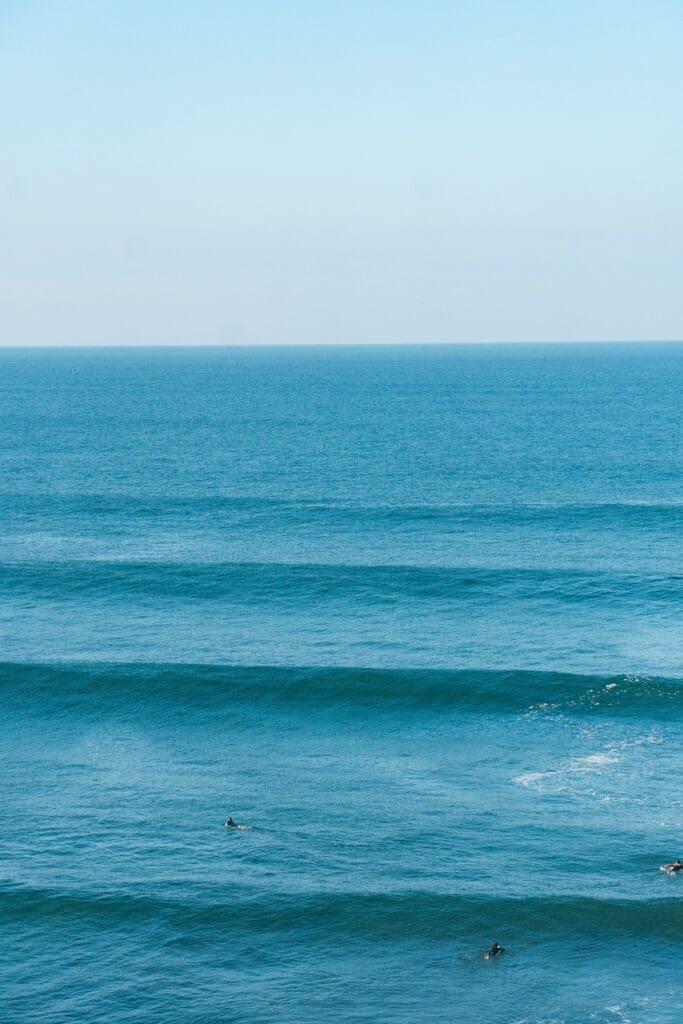
The heart and soul of every wave, the swell is birthed in the distant reaches of the Atlantic. It’s characterized by its size, measured in either metres or feet, and its period, marked in seconds, reflecting the wave’s energy.
For instance, a 1m swell at 8s can give birth to 80cm waves, while the same swell at 16s can command waves towering over 1.5m (or more). The swell's direction plays a pivotal role - a swell charging directly toward the coast promises more potent waves than one approaching sideways.
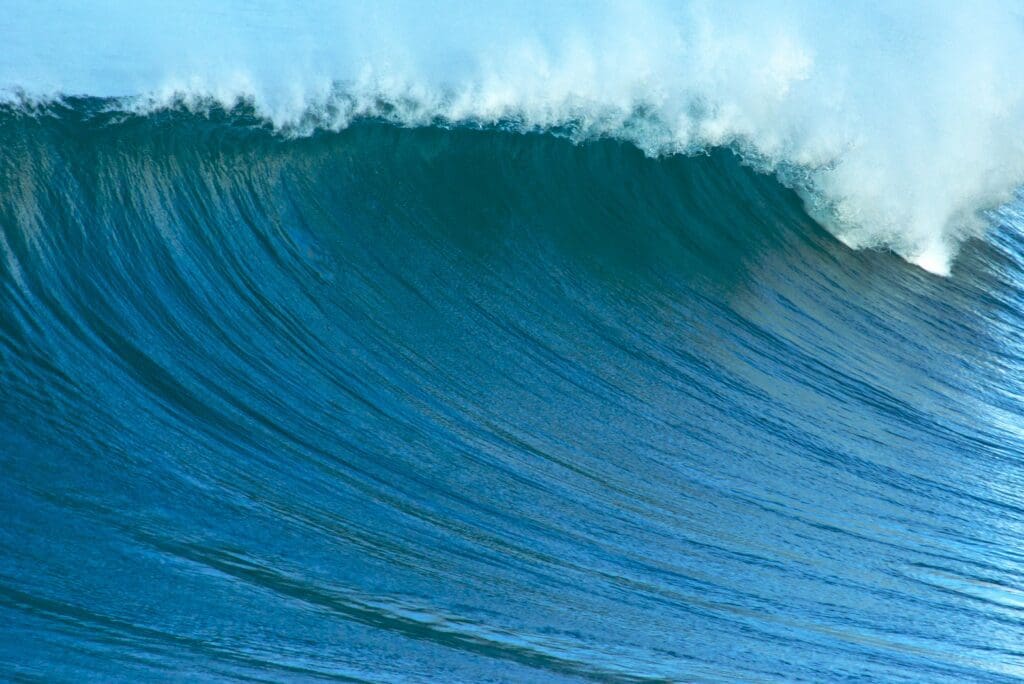
Wind is the unsung hero that sculpts the waves. Offshore winds (blowing from the land to the sea) are the golden ticket to clean, well-defined waves. This is always what you will be looking for. Obviously watch out for the strength of the wind, strong wind is no good neither. Yet, it’s essential to remember that every beach dances to the rhythm of a different wind, according to its orientation.
For instance, a north wind serenades the waves at Carcavelos, while an east wind is the secret sonnet for the breaks at Caparica.
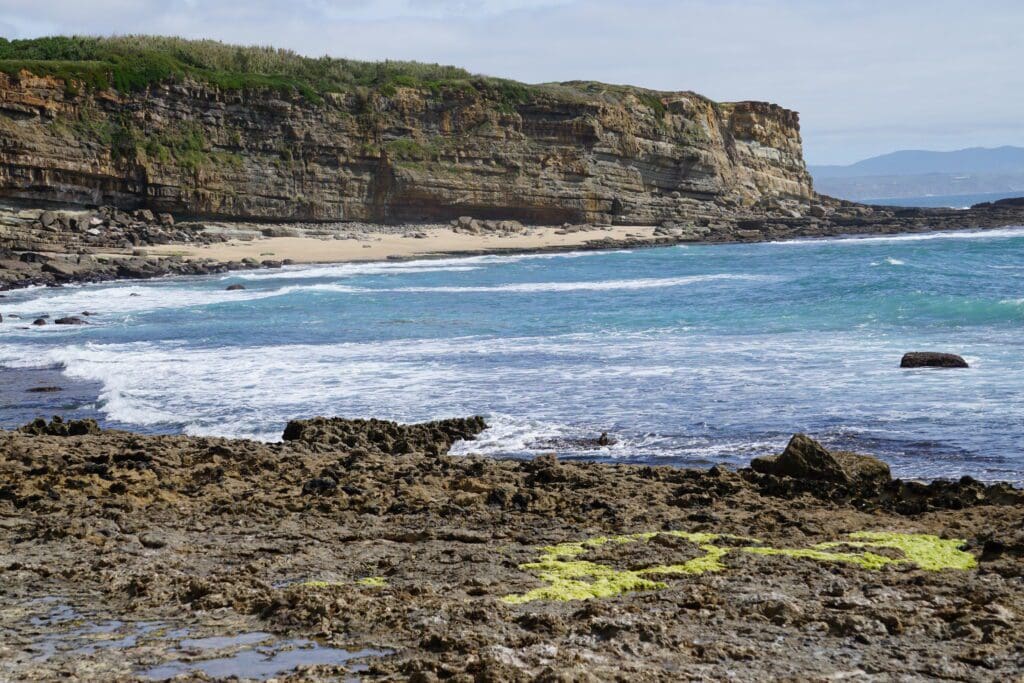
The celestial dance between the moon and Earth doesn’t just light up the night sky – it’s the puppeteer pulling the strings of the tides. Each surf spot has its own unique relationship with the tides; it’s a romance written in the stars and sand.
Mastering the art of reading tides is akin to possessing a magical key – it unlocks the true potential of every wave, from the powerful breaks at Ericeira to the serene waves rolling onto the Alentejo coast.
How can you know which tide is best? Well, each surf spot is different. There is no good answer to this question. It depends. On a reef break, you need to take care of the low tide which means shallow reef beneath. On a beach break it totally depends of the sand banks. Go to the beach, try to understand the rips, the configuration of the spot. Talk to others surfers or lifeguards to identify the dangers.
Navigating the sea of surf forecast websites can feel like a journey into the unknown. Each site, equipped with unique algorithms and features, promises a gaze into the future of wave conditions. Here’s a breakdown of popular platforms to guide your quest for the perfect wave.
The best way to make the most out of the surf forecast is to have a look at different sources. Every website works differently. Surfline or Surf-Forecast for instance use a strong algorithm which will impact the surf forecast per surfspot, according to its characteristics, while Windguru will not change the data according to the orientation of the spot for instance.

Surfline works with an algorithm adapted to each spot: it gives you a specific forecast for each wave complemented by a rating (from red to green). It is the easiest to read because this quotation system will give you a simpler interpretation of the conditions. For example, with the same North-West swell, the platform can give a green indicator to the beaches of Caparica and a red one to the beaches of Carcavelos, because this swell does not work on these beaches. The platform has webcams as well.
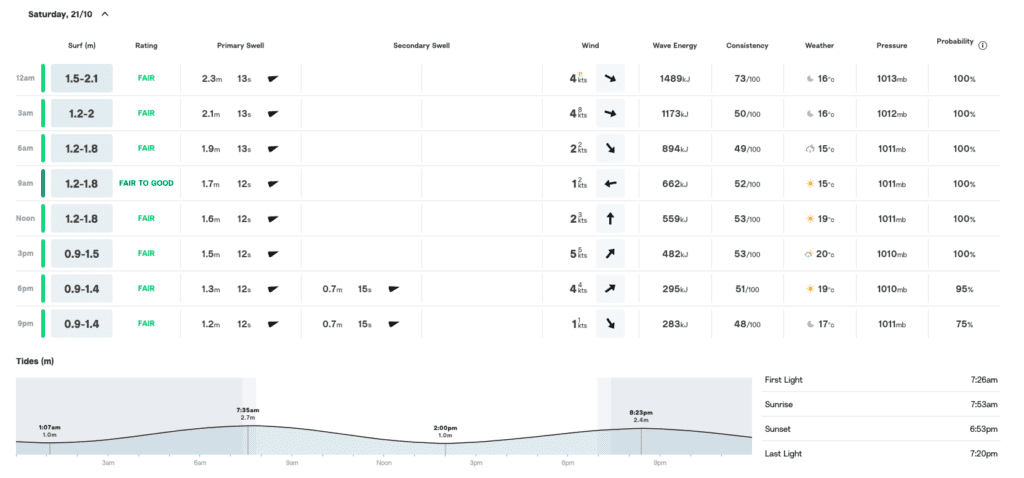
On the first column (Surf) you can find the expected size of the waves. Then, a rating (from very poor to very good) to help you to interprete the combination between size of the swell, orientation and wind orientation. You will find information about the Primary swell: its size, period and direction. The secondary swell is not the most important info here. The Wind data is super important, you can get the strenght of the wind (normal and in gusts) and its direction. The wave energy (in kj) can help you to understand as well the strenght of the swell.
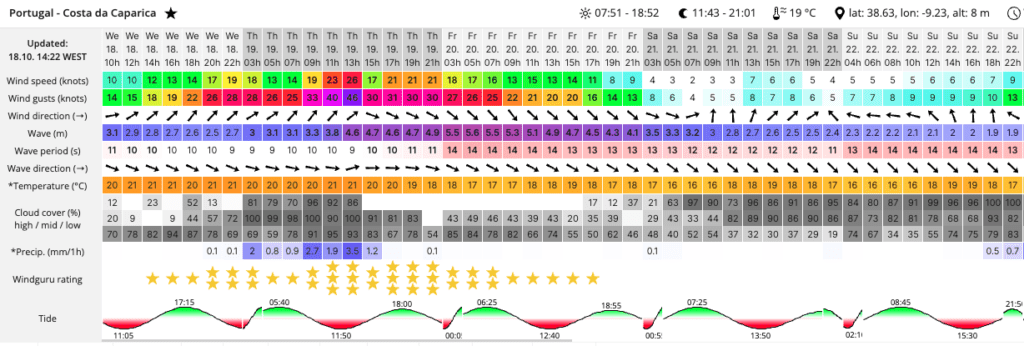
Windguru is very good for analysing raw data. It doesn’t have its own algorithm but it is also interesting for reading conditions. Generally the wind forecasts are very accurate.
Below you will have all the information related to the wind. Strength (expressed in knots by default), and orientation.
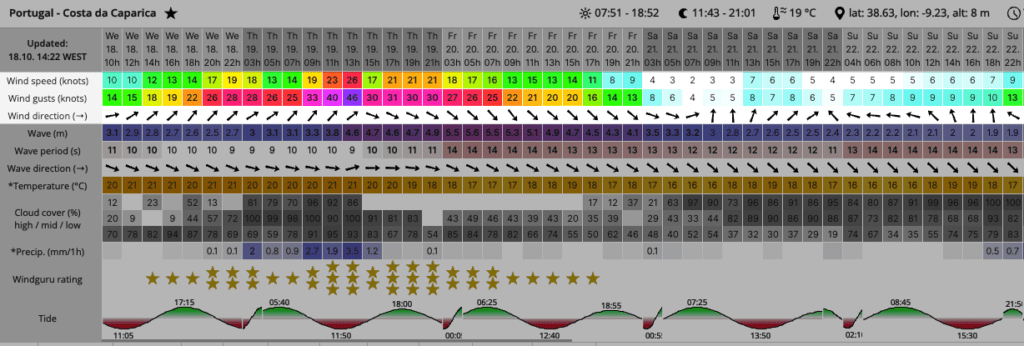
You can find essential info about the swell and the waves. The height of the swell (expressed in meters), the wave period (in seconds) and the wave direction. Once again, don’t forget this is raw data. This size will not represent the size of the waves at the beach, as it depends of many criterias. It just gives you strong keys to analyze the swell and make most out of it.
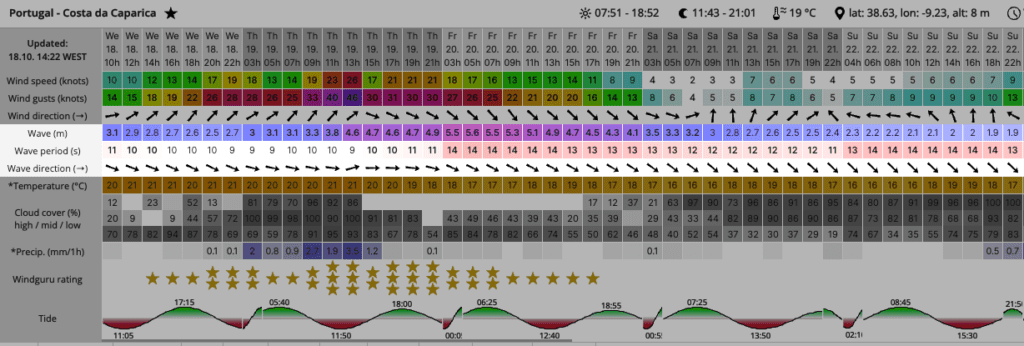
You can find other websites with super accurate info, such as Surf-forecast (important to follow the Energy expected for instance), Y’a-du-surf (in France), Windfinder or Windy for the wind, and much more.
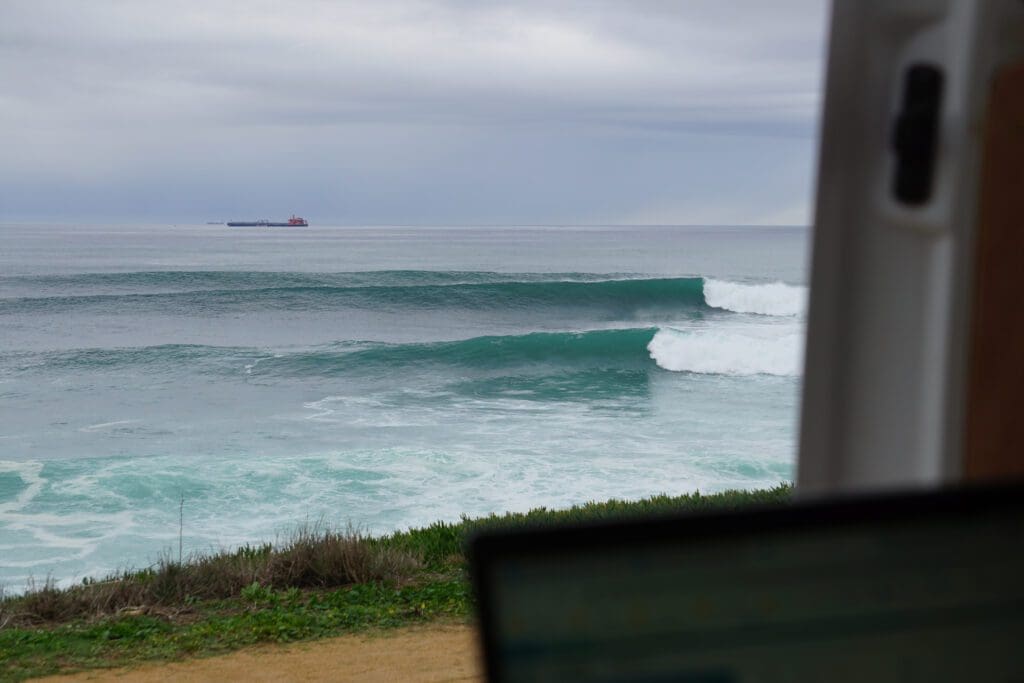
Understanding surf forecasts boils down to three key elements: the swell, wind, and tides. Each plays a pivotal role in shaping the surf conditions.
For newcomers and seasoned surfers alike, local knowledge can be invaluable. Don’t hesitate to reach out to locals or surf schools for insights on how specific beaches respond to various conditions. Every beach has its unique personality and getting to know the nuances can enhance your surfing experience.
Armed with the data from forecast websites and insights from the local surfing community, you’re set to make informed decisions for your surf sessions. It’s all about blending the technical data with on-the-ground insights to choose the best times and locations to surf. Happy surfing!
No results available
ResetWe believe surfing should be about fun, respect, and love for the ocean.
We want to bring surfing back to its roots, emphasizing the importance of community and connection.
We envision a world where surfers spend less time online and more time in the water, where local craftsmanship and businesses are valued.